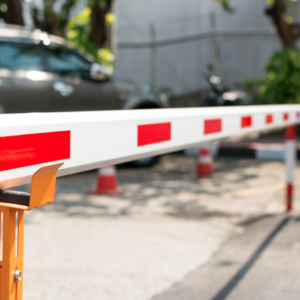For many drivers, thoughts of parking in a large garage or lot can cause (but are not limited to) fever, headaches, depression, bouts of rage, and bad memories. However, these fear-inducing side-effects are about to become a thing of the past.
New technology combined with big data and some creative minds have made way for a multi-billion-dollar industry where parking guidance and access control are improving constantly.
Just in the last decade, the parking industry has shifted gears into an era of technological advancement and emphasis on efficient software capabilities. While the science of parking hasn’t been completely figured out, assuring a vehicle has a spot to rest has never been easier.
Parking spots in lots, garages, and on the street are starting to come equipped with license plate recognition (LPR) cameras. These guidance systems eliminate the chance that a driver can forget where they parked and all the frustration that follows. LPR cameras sit above parking spaces and are built to scan drivers’ license plates. The cameras then connect to vehicle locator kiosks where motorists searching for their car can input their license plate number and receive directions to their parking space.
Installing LPR cameras or ultrasonic sensors can also assess the vacancy of parking spots. Drivers can now reference space availability displays that eliminate the need to drive in circles to find a space. These LED parking guidance signs change in real time as spots are taken or as they open up.
The same tech that gets cars and drivers moving with a purpose—instead of aimlessly searching for parking—also gets drivers quickly into and out of a lot or garage. Ultrasonic sensors and LPR cameras are able to detect when a car is moving toward an access gate—automating the process of hitting a gate-lift button or talking to a security guard. Other secure parking areas, like federal facilities or in private parking locations, like apartment complexes, have improved access with HID or RFID tags. These tags or ID cards are handed out to frequent visitors and will automatically open access gates, track where a vehicle is parked, and log amount of time parked in that space.
As this technology is enhanced and more widely implemented, drivers will begin to forget old memories associated with parking drama. Visitors of smart parking facilities will know where and when parking is or is not available. Furthermore, parking management will be able to flip spaces quicker, offer more payment options, as well as space options for disabled drivers, motorcycle riders, or owners of very large vehicles.
Developing ease of access for customers at parking complexes has started a renaissance in the parking industry. The emphasis is now on the efficient technology, not the sheer amount of space available.

